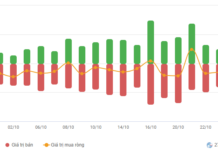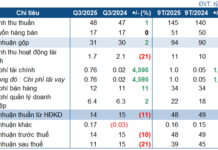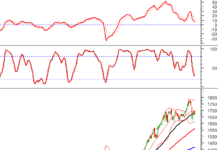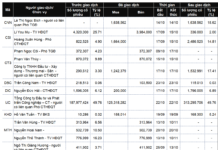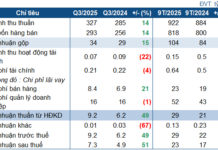Using a report from the global consumer spending forecast company World Data Lab, the infographic below shows the top 20 largest consumer markets in the world by 2030. According to the report, an individual is classified as a “consumer” when they spend at least $12 per day. The data is sourced from various organizations including the World Bank (WB), the United Nations (UN), Eurostat, and the Organization for Economic Cooperation and Development (OECD).
China takes the lead, with a projected 1 billion consumers by 2030, a 15% increase from 2024. On the other side of the Himalayas, India comes in second with 773 million consumers, a 46% increase from the current 529 million.
Driven by economic growth, the middle class is expected to boom in Asia, improving consumer purchasing power. The consumer markets of India and China, with a combined total of nearly 2 billion people, can have a significant impact on the global economy. Businesses can shift their focus to serve these markets with customized products and implement various marketing strategies.
The United States is projected to be the third largest consumer market in the world by 2030, with 348 million people, followed by Indonesia with 158 million. Brazil, the sixth most populous country in the world, is projected to have 136 million consumers by 2030, ranking fifth globally.
Vietnam also appears on the list, at the 11th position, with approximately 80 million consumers by 2030, a 34% increase from 2024.
While still in the top 20, Italy and Japan are expected to witness a decline in consumer markets, with the number of consumers in 2030 decreasing by 3% and 1% respectively from 2024 due to declining populations. Meanwhile, the number of consumers in Germany and Russia is projected to remain unchanged from the present.






